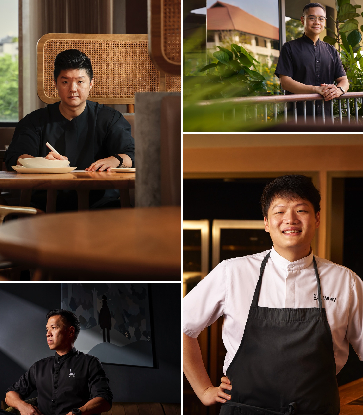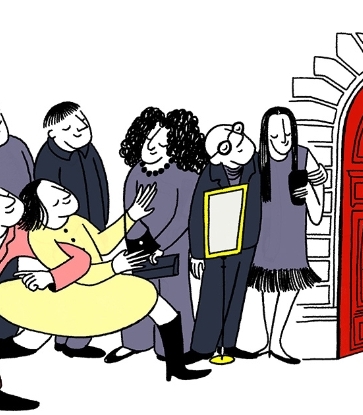Spanish chef Josean Alija of the one-Michelin-starred Nerua Guggenheim Bilbao in the Basque Country in Spain cooks with soul.
The Bilbao-born chef places so much emphasis on extracting the “soul of an ingredient in its purest form” that he does copious amounts of research on the food. Everything from the origins, properties, uses and potential qualities are given an in-depth analysis.
Alija says: “In 2013, I found the fundamental part of my cuisine — analyzing, reflecting and adopting different approaches.” Since then, he has built up his research and development department which spills over two kitchens and research has helped to crystalise his style of cuisine: pure, essential and without disguises.
Indeed, Alija’s signature dishes such as cod kokotxas (cod cheeks) and cherry tomatoes loaded with thyme, oregano, rosemary and mint extraction are minimalistic, shining the spotlight on the best of the ingredients. Alija served these dishes at a four-hands dinner with chef Julien Royer at the two-Michelin-starred Odette last month.
MICHELIN Guide Digital caught up with the inventive chef and finds out what piques his curiosity in the kitchen and what ingredients excite him.

It is very difficult to say because the seasons are very different from each other. The magic of the seasonality lies in getting exceptional quality of the products. Working with seasons gives me a chance to work well with a lot of products throughout the year, or else it gets very boring.
What ingredients are you using currently in the spring menu at Nerua Guggenheim Bilbao?
We are working on a couple of ingredients that are unique to us —- especially vegetables. One of them is called tears pea from the Basque Country that contains sweet water. The tiny pea explodes in your mouth like caviar. We are also using little green beans that has a lot of chlorophyll. It gives a lot of freshness in your mouth as it doesn't contain much starch.
You’re known for doing in-depth research and analysis on your products. What are you researching now?
Recently, we have been experimenting with house-made tofu, dried fruits and nuts, and koji (fermented rice). We plan to use these ingredients in moderation to see how they work out in our dishes. We are also experimenting to see how salt can change the flavours and textures of fish. I am also interested in using a part of the fish head that is very gelatinous and fatty.
We plan the menu one year in advance so I am preparing the menu for the Spring season next year. We usually come up with 70 to 80 dishes for each season.

Are there any trends in the culinary world that excite you?
I am not the guy that looks out for what’s trending. Instead, I always adapt to what’s current to create a good dining experience. It has to make sense in my menu. For example, in the upcoming summer season, I want to showcase more spicy and acidic flavours that are not so common in my traditional style of cooking.
What are always in your home fridge?
Wine, ham and anchovies. I do not spend a lot of time at home so there are not many fresh ingredients in the fridge. If I need to cook at home, I will buy what I need from the grocery shops and use them up for the meal.
RELATED: Basque In Glory: Get To Know The Bold, Innovative Flavours Of This Country's Cuisine


















